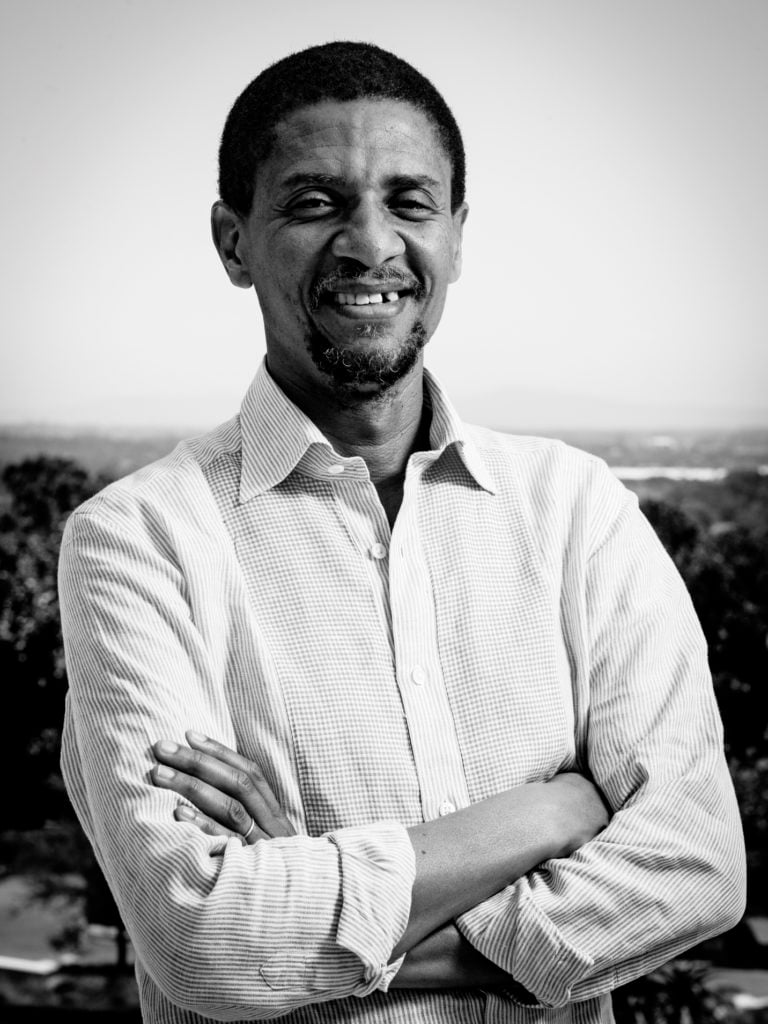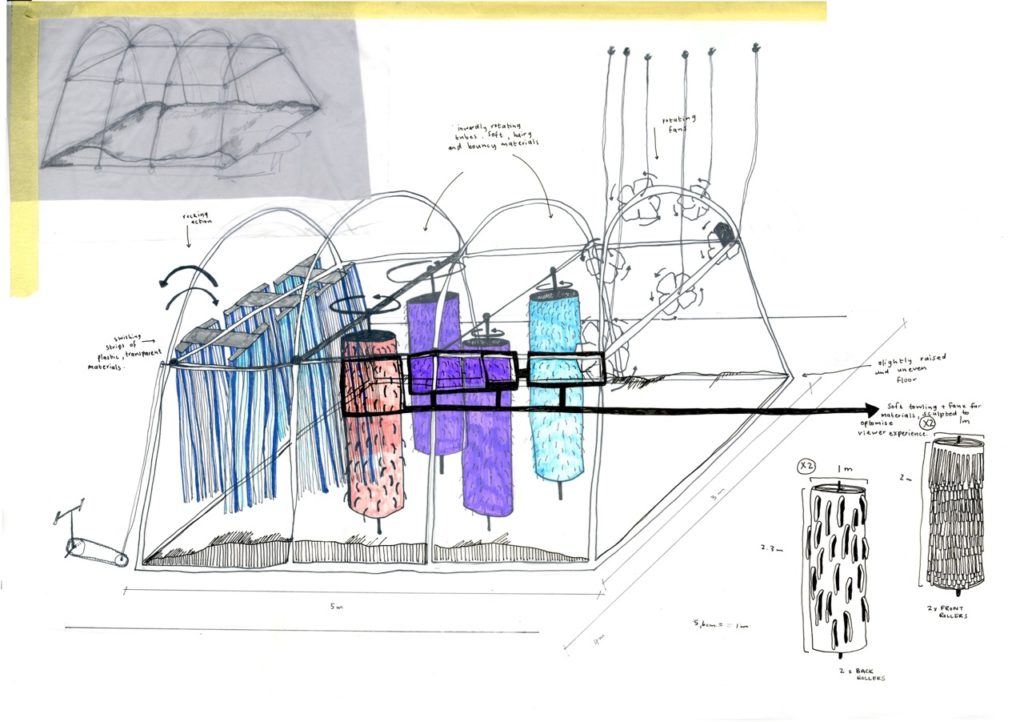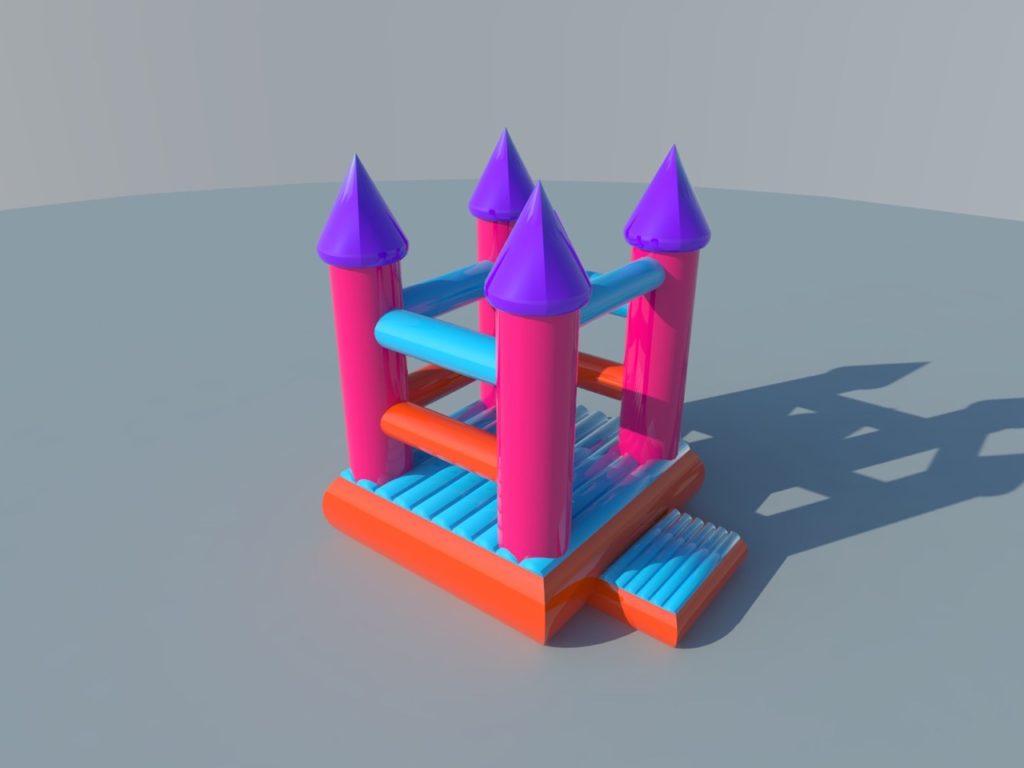Art World
artnet Asks: Cape Town Art Fair Curator Tells All
This is Tumelo Mosaka’s first year curating South Africa’s flagship fair.

This is Tumelo Mosaka’s first year curating South Africa’s flagship fair.

Artnet Galleries Team

Now in its fifth year, the annual Cape Town Art Fair aims to gather the very best art and artists from throughout Africa and the African diaspora. Serving as a platform for both international and local galleries, the fair offers a chance for participating artists and dealers to network while providing visitors with a singular entry point into the African art scene as a whole. As its reputation has grown, so has the interest in Cape Town itself as a thriving cultural capital.
Here, we discuss with fair curator Tumelo Mosaka about the upcoming festivities and what we can expect from when CTAF opens its doors on February 17.
This is the first year you’re curating Cape Town Art Fair. Can you tell us about your vision, and what brought you to the project?
My vision for CTAF is simple: Make Cape Town the preeminent destination in Africa for viewing contemporary art. One way I plan to achieve this is by showcasing provocative art and creating opportunities for exchange and education. I look forward to working with all the galleries, artists, curators, and educators who will be contributing to a larger conversation about what it means to be a contemporary maker in Africa.
I took on this project because I wanted to reconnect with South Africa after a long absence. I am interested in what’s been happening here at home and the rest of the continent. So my return, in short, is both personal and professional.

Katherien de Villiers, Car Wash (sketch) (2017). Courtesy of SMITH Gallery.
One of the stated missions of the fair is to showcase emerging artistic trends in Africa and its diaspora while building a sustainable platform for the art market. How much has changed since the fair first launched five years ago?
Since this is my first time at the CTAF, what I can comment on is that the art world has changed with the growing access to information technology and the ability to travel. There is a lot more exchanges happening within and outside the continent, even though border crossing remains a contested site.
We’ve seen a gradual support for cultural institutions, although not on the level desperately needed.
Do you think Africa’s importance—and perhaps Cape Town in particular—to the global art market will continue to grow in 2017?
The indications are that the African market is growing exponentially. We have seen that this market is not predetermined by what is happening in the West, but rather has a more internal logic driven by local collectors and institutions who’ve demonstrated an appreciation for contemporary art from the continent. Foreign curators and collectors are now coming to Africa to make acquisitions, and artists are no longer obsessed with migrating overseas. I think this makes it clear that there is a growing interest and seems to be sustaining the local market.

Michael Linders, Jumping Castle (sketch) 1 (2017). Courtesy of the SMITH Gallery.
Is there a single artwork or installation you’re most excited about?
Rather than focusing on a single work, I would like to bring to attention a section in the fair called “Unframed.” This is a new section, aimed at presenting large sculptural works and installations. We felt the need to offer a viewing experience beyond the booth, something that could not conform easily to a conventional presentation. The participating artists are Mary Sibande from Gallery Momo, Liza Grobler from Everard Read, and from Smith Gallery are Michael Linders and Katherien de Villers. These artists will present challenging works—some of which will be interactive, offering viewers concrete experience of art.
Are there any must-see talks or performances we absolutely can’t miss?
Don’t miss Donna Kukama’s performance on Friday, February 17 between 6 and 7 p.m. She was recently in the São Paulo Biennale, working on a series of performances that form a larger body of work known as The History Book. For CTAF, she will present a chapter focusing on the subject of “trade” in its multiple forms.
Also, the conversation between Alexandra Dodd, writer and critic, and Albie Sachs, former constitutional court judge and co-creator of the Constitutional Court Art Collection, will discuss how collections are built and what they mean for the future. Then, on Saturday, February 18 art writer Tracy Murinik will be in conversation with two artists, Candice Breitz and Kemang Wa Lehulere. They will be discussing tactics of cultural appropriation and the truthfulness of performance.

Michael Linders, Jumping Castle (sketch) 2 (2017). Courtesy of SMITH Gallery.
For those of us who have never been, what is the art scene of Cape Town like? Are there any off-site institutions we should definitely check out while we’re in town?
Cape Town has a very dynamic art scene with several high-caliber galleries such as Goodman, Stevenson, and Momo Gallery. Each month, events such as First Thursdays—where galleries are open late—invigorates the city. Also, Museum Night offers cultural institutions such as the National Art Gallery, Michaelis Galleries, and others showcasing artists working in South Africa an opportunity to celebrate their projects and collections with the greater public by having special projects.
Other places of interest are District Six, the Gordan Institute for Performance and Creative Arts, and Greatmore Studio, which offer more cultural programs as well as artist-driven projects. So you will need a bit more time to take on all that will be happening during the fair. Beyond this list will be several other events, such as films and performances, happening throughout the city that will keep you on your feet until very late.